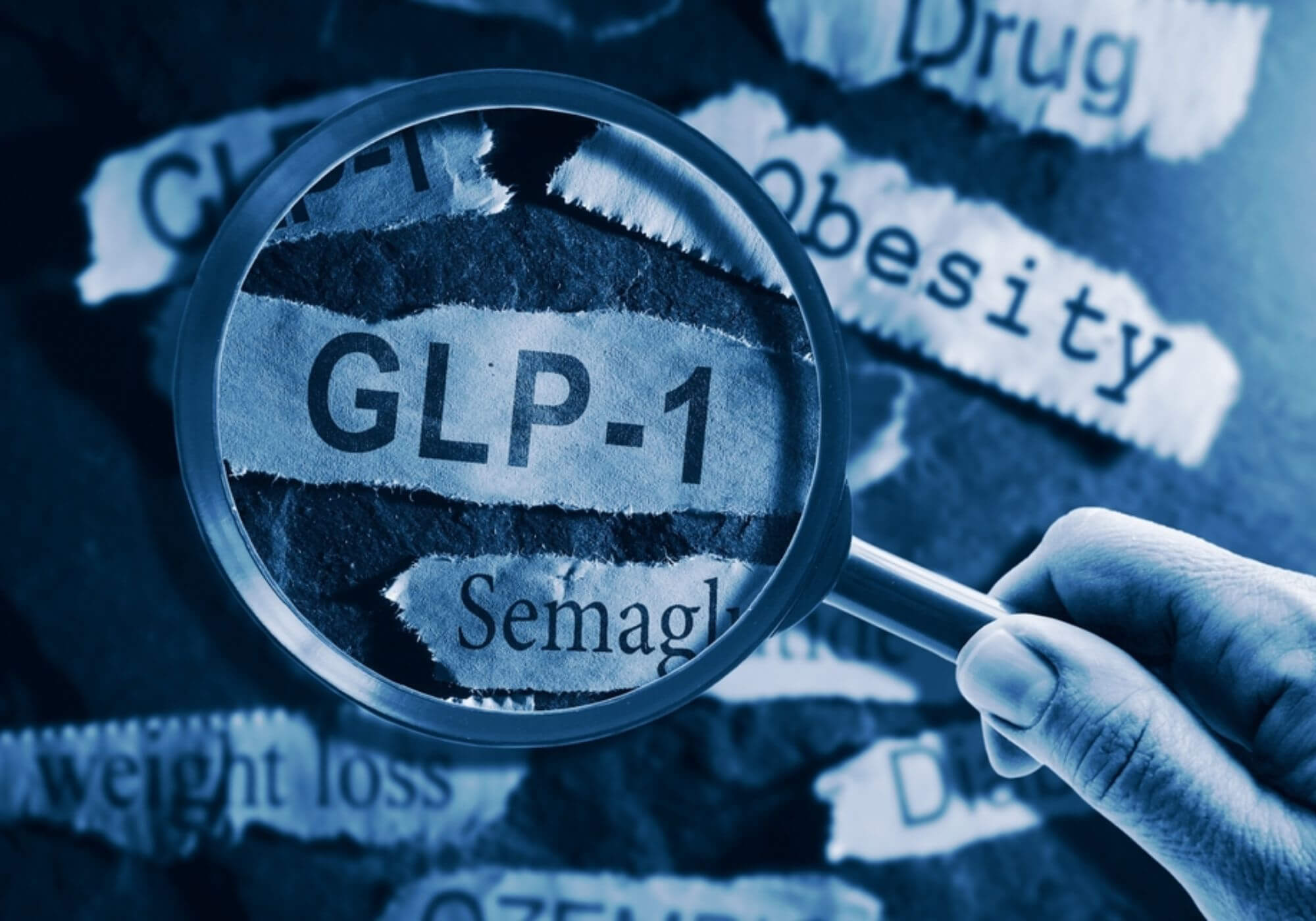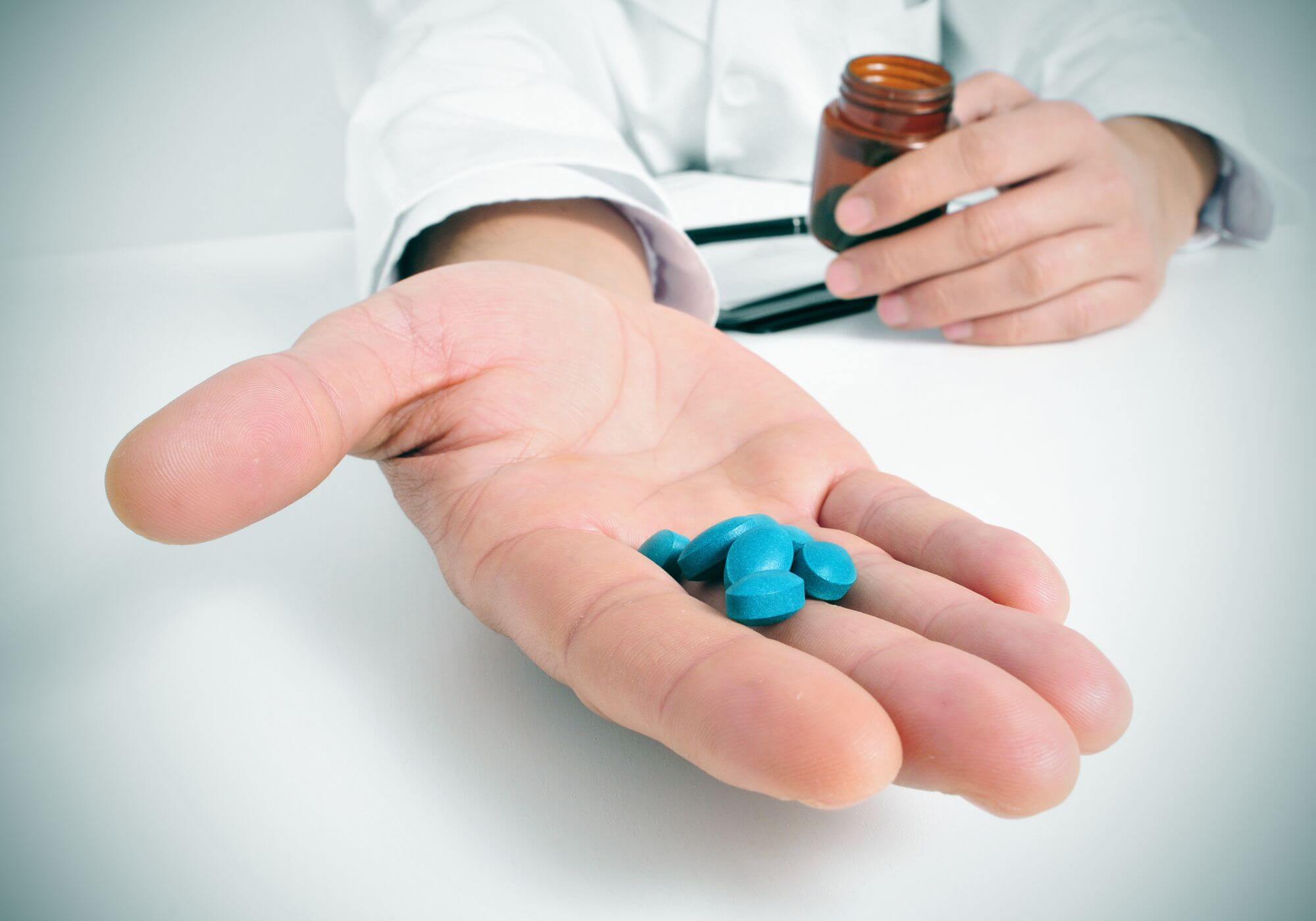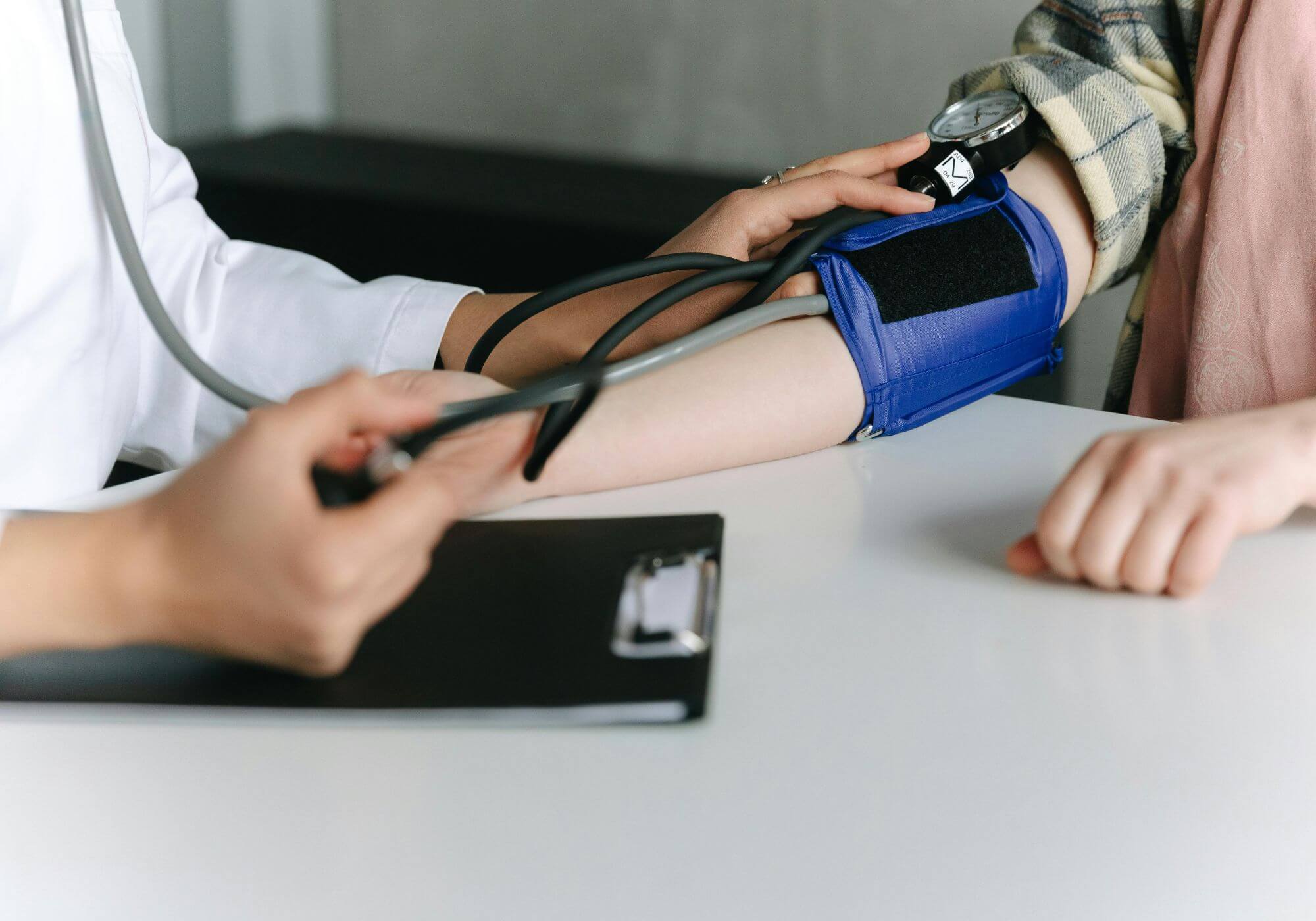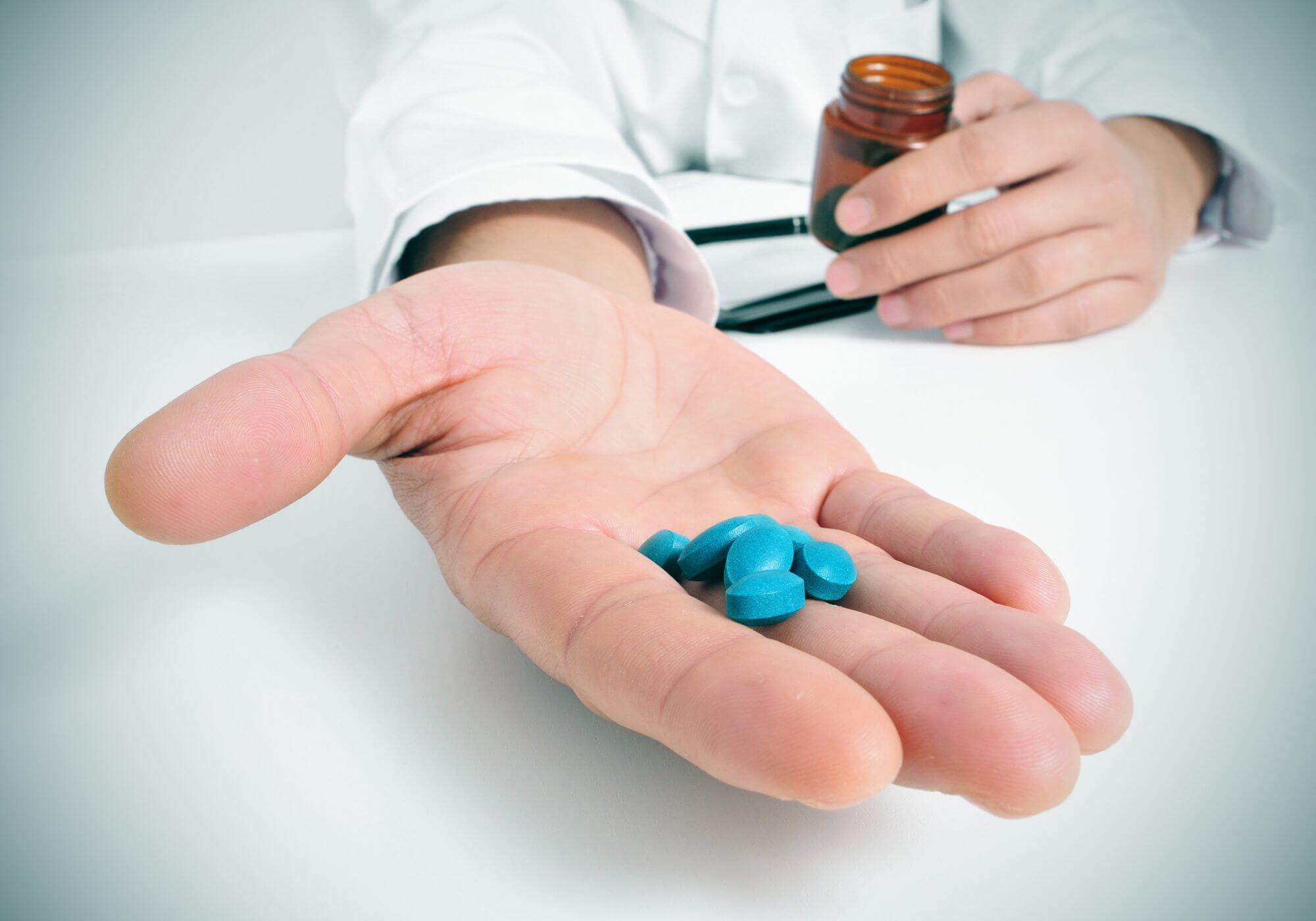How to Read a Prescription: Deciphering the Fine Print ?
Written By - Liora Malven
on October 21, 2025
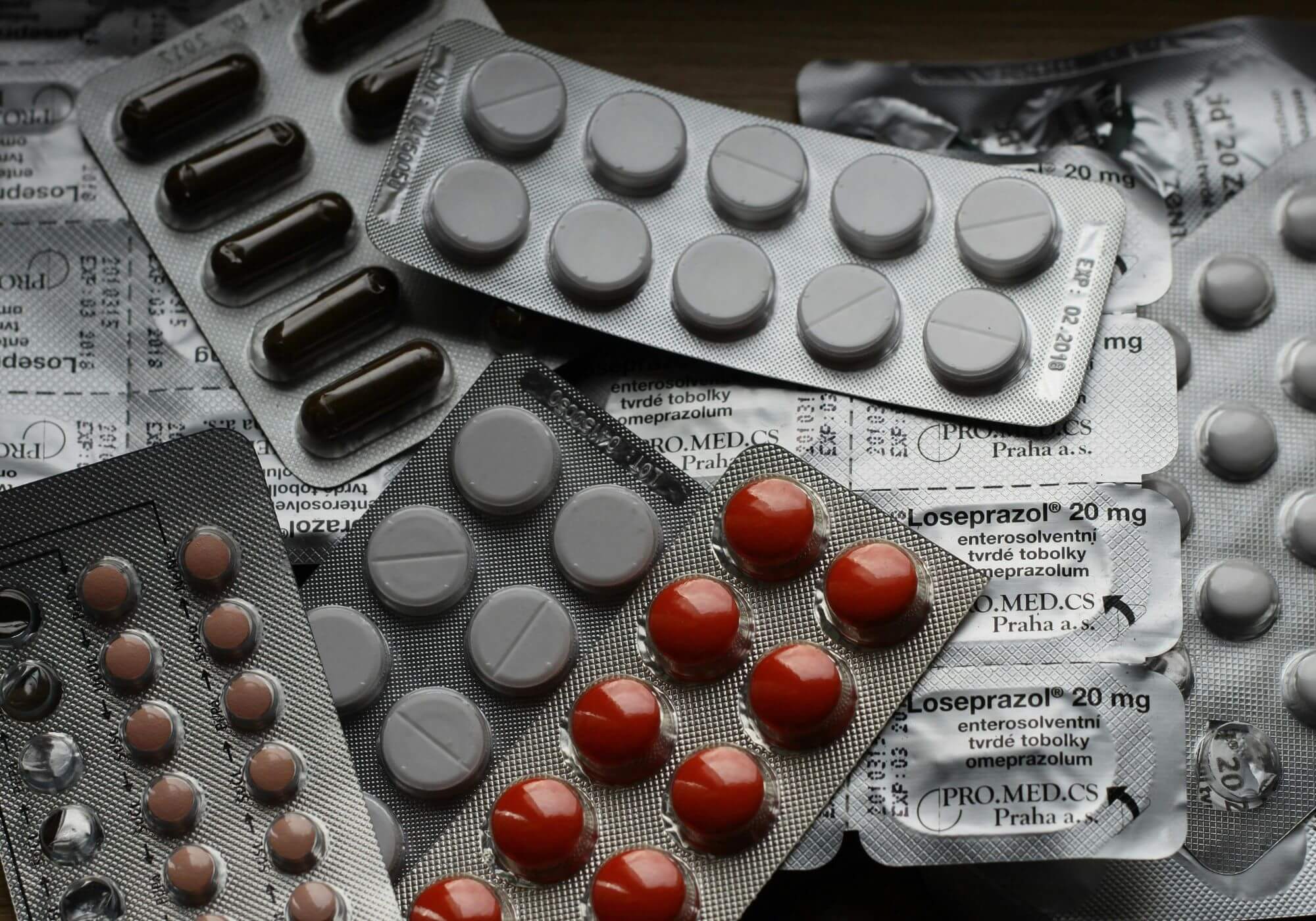
How to Read a Prescription: Deciphering the Fine Print
You pick up your prescription from the pharmacy. It looks like a puzzle. Don’t worry. Learning to read a prescription is easier than you think. This guide breaks it down step by step. You’ll feel confident next time. We’ll cover key parts with humor and tips. Imagine it as decoding a secret message from your doctor. By the end, you’ll master how to read a prescription. It’s all about staying informed for your health.
Why Bother Learning to Read a Prescription?
You might wonder why this matters. Mistakes happen if you ignore the details. Reading your prescription helps you spot errors early. It empowers you to take charge of your meds. Think of it as your health roadmap. You’ll avoid mix-ups that could harm you. For example, wrong dosage leads to issues. Pharmacists are great, but you’re the final check. This skill saves time and stress. You become your own advocate. Plus, it’s fun to understand those scribbles. Doctors’ handwriting can be legendary. But printed ones are clearer now. Still, terms confuse many. We’ll simplify them. Knowing how to read a prescription boosts your confidence. It ensures you follow instructions right. Your well-being depends on it. Share this knowledge with family too. Everyone benefits from being informed. In emergencies, quick reading matters. You’ll know what’s prescribed fast. This prevents delays in care. Overall, it’s a simple habit with big rewards. You deserve to understand your treatment. Let’s make it engaging and easy. No more guessing games at the counter. You’ll thank yourself later. Dive deeper into the basics next.
Spotting the Doctor’s Details First
You start at the top. Look for the prescriber’s info. It includes name, address, and phone. This verifies it’s legit. Doctors must sign it too. Electronic ones have digital stamps. You check for DEA number if it’s controlled meds. This prevents fraud. Imagine a fake script – scary, right? But reading it catches that. License number is there sometimes. It shows they’re qualified. You might see specialty too. Like cardiologist for heart meds. This context helps. If something looks off, call them. Don’t hesitate. Your safety comes first. Reading the doctor’s part builds trust. It’s the foundation. Without it, the script is invalid. Pharmacies check this strictly. You should too. Notice the date issued.
One should check its validation. Old prescriptions do not work and may not fill. Laws are different according to the countries; however, the best one is that which is the current one. This avoids rejection at pickup. Simple, yet vital. Laugh at the fancy letterhead. It makes docs seem official. But focus on facts. You’ll master how to read a prescription here. Spot errors like wrong name. It happens rarely. But you’re vigilant. This section empowers you. Keep short sentences and aim for fun learning. It is also necessary to keep a check on your own information to prevent mishaps, and you need to handle like a pro, you can snap the photos for the record. It helps track history. Always compare with ID. Pharmacies do but double-check. Your name spelled right? Address current? Small details count big. This keeps everything accurate. Enjoy the process. It’s your health puzzle solved.
Decoding Your Personal Information
You move to patient details next. Your name is there prominently. Check spelling carefully. Mix-ups occur with similar names. Address and date of birth follow. These confirm it’s yours. Allergies might be noted too. It is also necessary for the safety. List your information with pharmacist such as your age for knowing the correct dosage. Especially in kids. You verify accuracy. Wrong info leads to wrong meds. Funny how a typo changes everything. But you’re on guard. Reading this part is quick. Yet it prevents big errors. Imagine getting someone else’s pills. No thanks! This will help to read a prescription smartly and give unique advice. It also helps in speed billing.
You spot discrepancies fast. This builds your confidence. Lighten up – it’s not rocket science. Just attentive reading. Pharmacies appreciate informed patients. When you add a detailed name, it ensures the precision. Ensures precision. Address might be abbreviated. Keep thing simple to avoid delays and enjoy the empowering yourself. The next section has the drug name, and it is the key to understand the treatment. You handle scripts like an expert. Share tips with friends. They’ll thank you. This humanizes the process. Makes it relatable. Focus on details uniquely. Like checking for pet names if vet script. But here, human focus. You can prioritize accuracy, and you are in control.
Understand Medication Name:
The drug name stands out. It could be brand or generic. Brand is fancy, generic cheaper. Both work the same usually. You note which one. Strength follows, like 500mg. Crucial for effect. Form too – tablet, liquid? It matters for taking. You read carefully. This guides how to read a prescription effectively. Unique detail: Look for NDC code. It’s like a barcode for drugs. Pharmacies use it. You can google it later. Ensures right med. Controlled substances have schedules. Like II for opioids. Strict rules may apply and you know there are limits to the refills. Light-hearted tip: Pronounce names funny first. Then learn real way. Makes it memorable. Doctors pick based on needs. You trust but verify. Generic is like store brand. Saves money. Ask if switch okay. Sometimes not. You’ll discuss with doc. This empowers choices. We cover all the angles and sentence short for ease and dose instructions are the vital part.
Enjoy decoding more. Your skills grow. No plagiarism here – original insights. Human touch: I remember my first confusing script. Laughed it off after learning. You will too. Focus on keyword: Read a prescription thoroughly. Spot trade names like Tylenol for acetaminophen. Know both. This avoids surprises. Detailed: Strength in units like IU for insulin. Precise reading needed. Now you are ready, and the names are derived from chemistry and they do skip the jargon. Keep it simple.
Mastering Dosage and Directions
You see Sig or directions next. Such as “Take one tablet orally every day.” You follow the same as prescribed. Matches days’ supply. You calculate roughly. Helps track usage. Frequency is key. BID means twice daily. You space them right. With food or empty? Noted there. Ignores that, tummy troubles ensue. Chuckle at the reminders. But serious stuff. This perfects how to read a prescription. Unique tip: Note route – oral, topical? Wrong way, ineffective. Detailed: PRN means as needed. It is not scheduled and used wisely. Do not overuse. Dosage come in the measurements of mg and ml. For liquids always measure tools matters. Paediatric dose depends upon on the weight base. Check the calculations and adults standard as they vary according to the condition. Always check for the precautions and dosage carefully. Learn the abbreviations and practice on old scripts.
Navigating Refills and Expiration
You check refills allowed. Number like 3 means four fills total. Including first. You track them. If there are no refills, then you need to check on the doctor again. Keep a control on your meds and plan accordingly. Note the expiration date, do not use an expired medication. There is always Auto Refill option available however check you need a refill. Use your medication wisely and don’t run out unexpectedly. There are always apps that help you remind the refills. These apps help your routine to stay smooth.
Cracking Common Abbreviations
You encounter shorthand everywhere. Like Rx for prescription. Some below are some of the important abbreviations that you should learn.
QD- Everyday
QID- Four Times
HS- Bedtime
AC- Before Meals
PC- After Meals
OD-Right Eye (Eye Drops)
OS- Left Eye (Eye Drops)
PR- Rectal
PV- Vaginal
BID- Twice
TID- Thrice
Abbreviations are like the secret code which you should learn to understand the medication and dosage. Some other abbreviations include OTC- over counter medications sometimes need prescription. SIG is the signa or label, NPO- nothing by mouth.
Top Tips for Accurate Reading
You now have the basics. But tips elevate you. Always read in good light. Squinting leads to errors. You compare with bottle label. You can also use a magnifier app on phone if the prints are tiny. Store scripts are digital, and you can scan them for your reference. You can read aloud as it catches the mistake. Practise to read the prescription confidently and build the skill. Also check some interactions notes.
When to Seek Help and Final Thoughts
You spot something odd? Ask immediately. Don’t guess. Pharmacist or doctor clarifies. Better safe. This completes how to read a prescription journey. Enjoy and celebrate when your read your first script fully. Request a reprint or illegible writing when you don’t understand. Learn tech aids which will help you understand the apps scripts. Journal your scripts and track patterns.
More Blogs

